People are used to thinking stereotypically. If unpleasant stories happen in their life or their life goes downhill, they immediately clutch at soothing medicines. And none of them will remember that the means of negative manifestations have long been invented by our ancestors. They used meditationsto restore mental strength, increase self-esteem and even improve financial position.
The main thing is to believe in your own strengths and in the strength of your consciousness. And experience and knowledge will come as soon as you begin to practice.
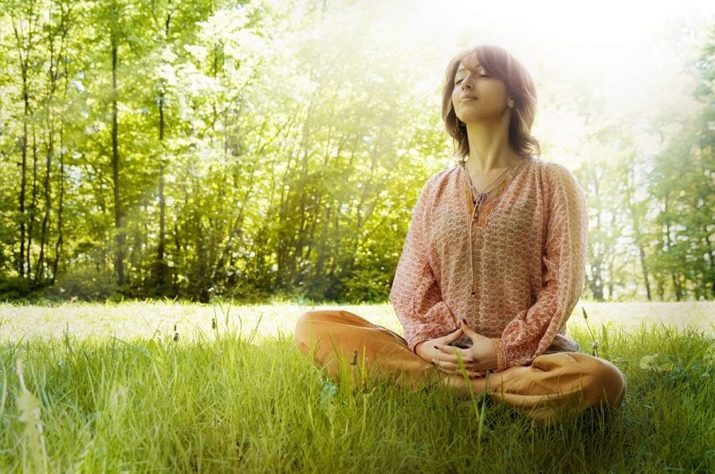
Why meditate?
It is difficult for an ordinary person who does not believe in anything to explain things that cannot be touched. Such an individual can only be recommended to believe in himself. To do this, he needs to know what the word meditation means. So, meditation is called the impact on mental activity, which subsequently becomes a state of deep concentration.
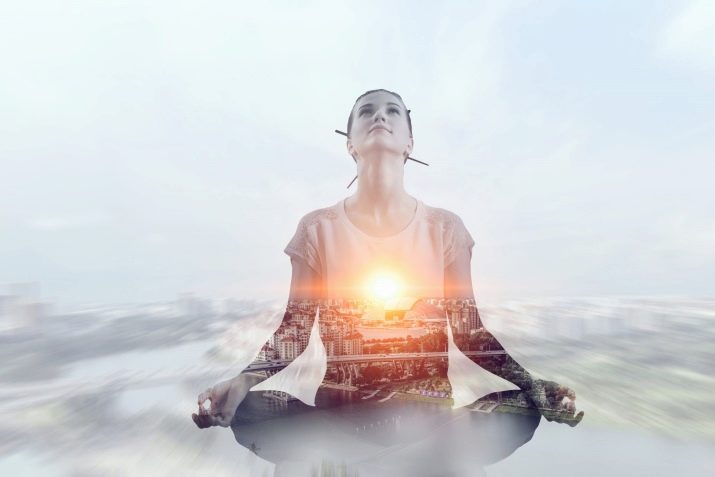
There are several types of meditation. there is unidirectional. In the case of its implementation, the person focuses on something or says something or listens. There is a meditation that is based on the void. In this case, no thoughts should arise in the human mind.
Now let's move on to the essence. Meditation does not endure fuss. Therefore, in this question, each answer acquires special significance. This is also indicated by research by scientists. They showed that practices have a beneficial effect on health.
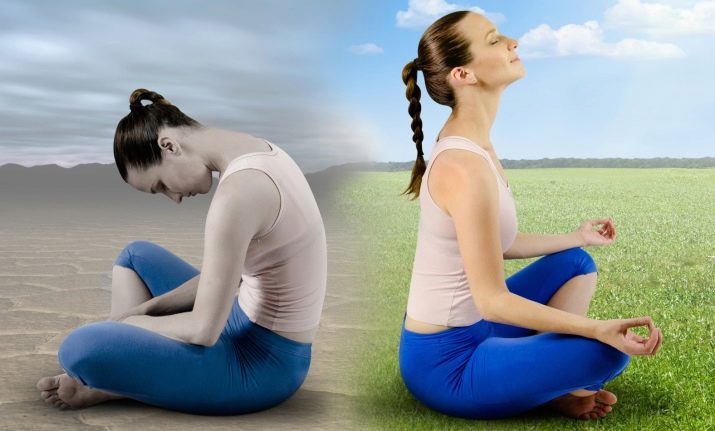
As a result of classes with the human body, the following changes occur:
- there is a significant strengthening of the immune system;
- if a person suffers from high blood pressure, then it goes down, there is also an improvement in the activity of the cardiovascular system;
- a person suffering from headaches can quickly get rid of such an ailment;
- diseases disappear;
- stress resistance increases, meditations are, in principle, designed to lower excitability, which prevents one from living and thinking correctly;
- youth remains;
- quality of sleep improves.


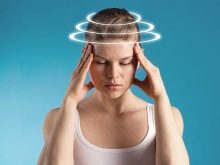
However, meditation has a beneficial effect not only on health, but also on thinking:
- memory is significantly strengthened, as brain function improves;
- information processing becomes more efficient;
- positive thinking develops, and with it intuition;
- a person acquires a creative mood;
- learning becomes more accessible as mental clarity rises.



The emotional sphere is also filled with positive changes:
- a person, thanks to practices, gains internal strength and becomes self-confident;
- less angry and depressed;
- all emotions are in control;
- there is such a thing as emotional intelligence, if it is developed through meditation, you will receive a conscious perception of your actions and desires;
- in addition, a person receives inner comfort and thereby gets rid of anxiety;
- a meditating person becomes immune to stress;
- various phobias disappear.


A person who is fond of meditations differs from others in both appearance and inner world. Individuals who welcome practices are open to learning something new and inexplicable. They have an interesting inner world. It’s easy to communicate with them. They can concentrate on a problem and thereby quickly solve it.
People engaged in meditation are ready to communicate. They perceive other people as they really are. Manifest in their character self control and self-awareness. They never scandal and do not wish other people bad.
Why do such changes occur in the human mind? Because the practitioner does a lot of work with his own subconscious and takes control of it. Thus, he connects himself with the Cosmos. When this happens, any individual becomes personality.
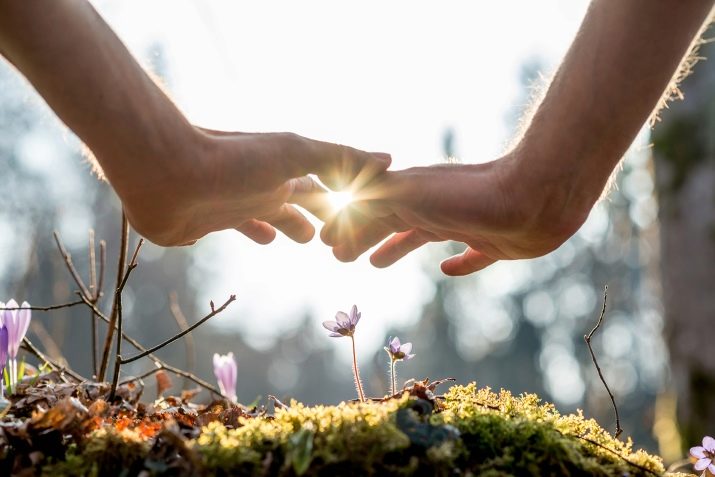
Description of the technique
Those who are just thinking of starting meditation need to understand what are they and what actions should be performed. Therefore, it is important for beginners to learn how to meditate properly and to know what techniques are in the world.
So all over the world there are many practices. They were created by both our ancestors and contemporaries. New techniques are based on ancient practices.
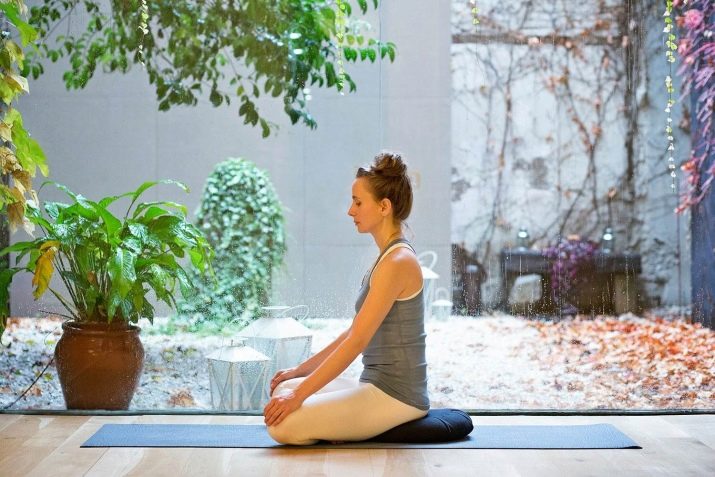
Today you can choose any technique that is practiced in Of india, Tibet, China, Of Japan etc.
We list them:
- Qigong;
- Zen
- Taoist meditation;
- meditation where mantras are used;
- meditation where breathing is used;
- meditation, where the process of awareness takes place;
- Vipassana.
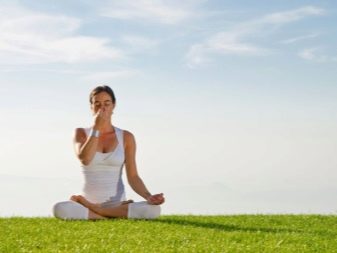
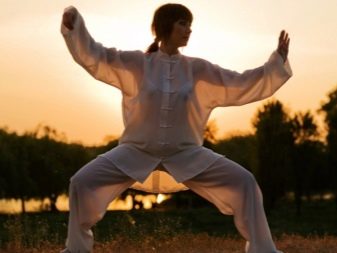
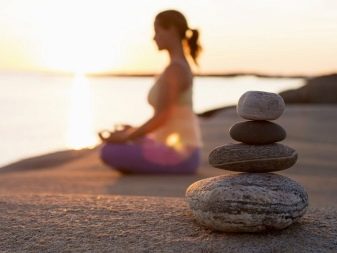
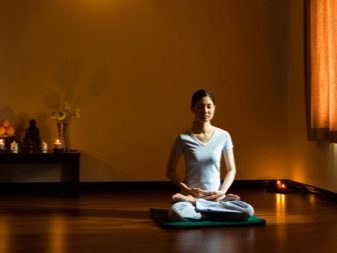
A beginner should know that this the list is not limited to the above practices. In the world there are more than 40 types of meditations, including those that were developed by adherents of Buddhism.
The word "meditation" translates as "meditation." There is simply no such translation in the East. But the words “dyan” or “tien” are quite acceptable for the East. How is meditation related to yoga? Just in the yogic tradition, Ashtanga Yoga practices meditation and is called dhyana. Here the highest step is the dissolution of consciousness and connection with Jehovah - samadhi.
To know everything at once is very difficult. Therefore, you should start the activity with simple lessons.
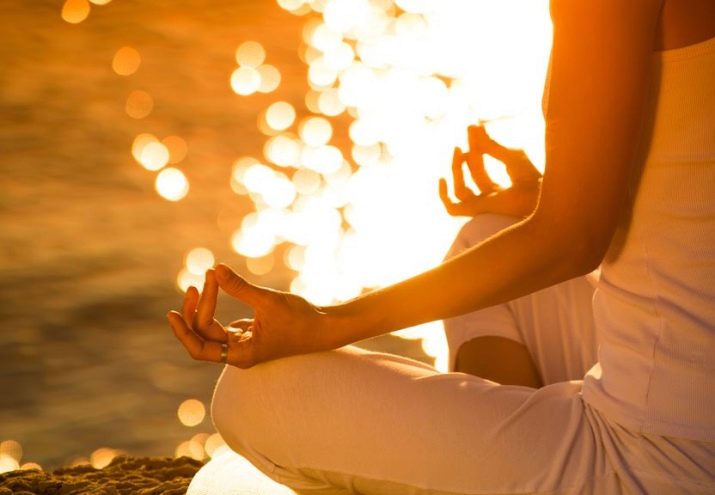
Lessons should not last long. The very first meditation should be easy and clear. For example, this:
- prepare a quiet and comfortable place, turn on the appropriate soothing music;
- Sit comfortably and close your eyes;
- breathe deeply and evenly;
- do not pay attention to your thoughts;
- instead, focus on breathing: let the air pass through the lungs and penetrate every cell in the body;
- imagine how on exhalation all your anxieties and illnesses come out with air;
- Feel peace, sit in this position for several minutes to gain awareness of everything that happens;
- When you finish meditation, exhale and open your eyes, realize how you feel after practicing.
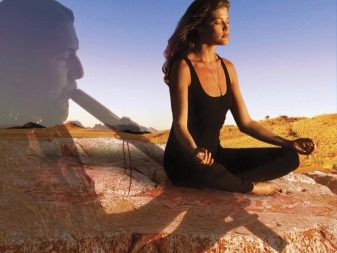
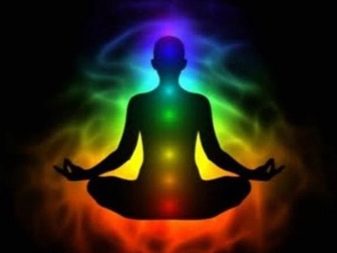
Preparation
She is of great importance. If you approach the practice with full responsibility, then it will go in the right direction, and you will get what you wanted from the practice. Therefore, start with certain points.
Timing
This point raises many questions. However, you should build on your life preferences. There are larks, and there are those who are used to staying up until midnight. And they both have the right to choose the time that they find most convenient.
If you cannot force yourself to get up early in the morning, then meditate either at lunchtime or late in the evening. It is advisable to perform evening meditation before bedtime. If you are used to getting up with the first rays of the sun, then do meditations in the morning after taking a shower.
However, if you want to do everything according to the rules, then know that Oriental practices are held from 6 to 7 in the morning, and experts recommend evening meditations from 18 to 19 hours.
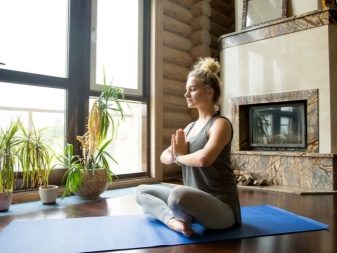
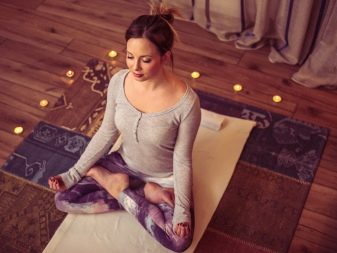
Place for meditation
This issue requires the most thorough approach. For meditation, you need to highlight quiet and comfortable place in which animals and children should not be present. It is better if it is a separate room, bright and well ventilated. If you plan to do meditation in the late evenings, then set special lighting. It should be soft and resemble sunlight.
In addition, indoors is necessary set a comfortable sofa and complement it with soft pillows. You will need such items for convenience during meditation. The upholstery of the sofa should be made of natural or close to it material. However, if you are going to meditate while sitting in the lotus position, buy special mat to create comfort.
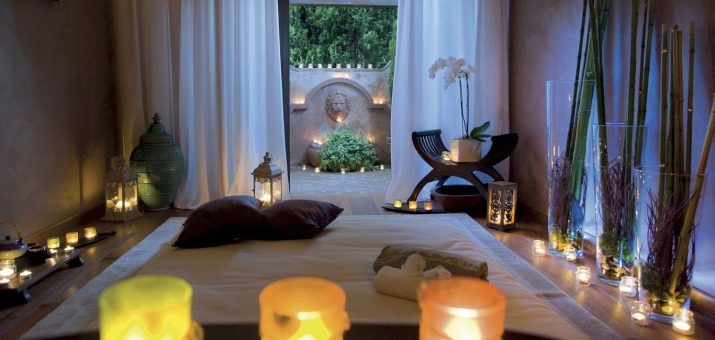
The place of meditation must be decorated with related items: various thematic figurines, paintings and exotic plants. However, this can not be done. Remember that the main thing in meditation is focusing on your mind.
Complement the comfort of the meditation room fleecy carpet. If your feet touch the cold floor, you will be distracted. In addition, for complete relaxation you will need incense or candles with a specific smell. Although you can do without them. In this matter, everything will depend on your preferences.
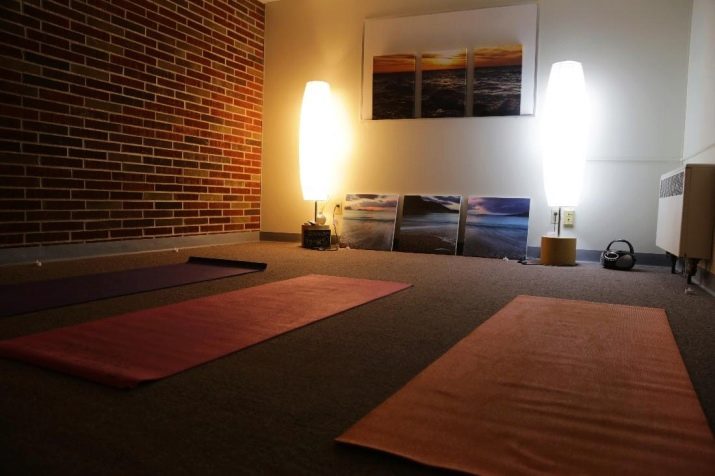
clothing
All meditation sessions should take place in a very comfortable environment. First of all, you need to start with your body. It must be clean, therefore take a shower before meditation.
Clothing for meditation should be made of cotton fabric and be very spacious. Never use synthetics. It has the ability to accumulate electric charges, and this has a bad effect on brain activity. Too narrow and oppressive clothing will distract you from your main occupation. No wonder people who engage in oriental practices always dress in spacious pants and shirts.
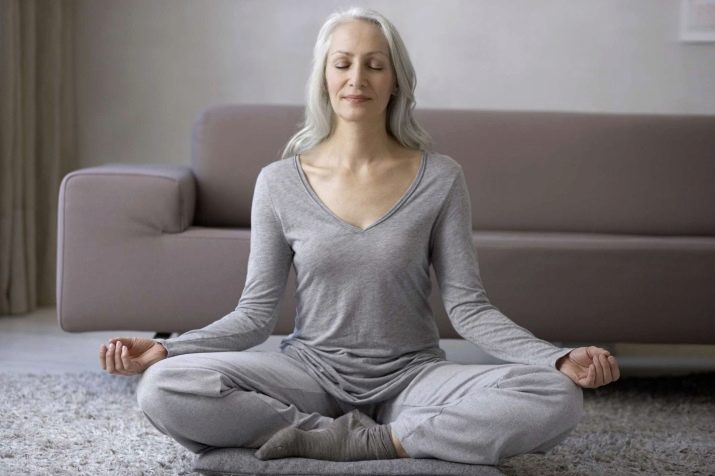
Pose
This is one of the most important points. Sitting in meditation, you should feel complete comfort. Inconvenient posture will distract you and cause tension. Be aware that some asanas only seem complicated at first glance. When you learn how to perform them correctly, you will realize that they are convenient enough. Subsequently, when you begin to apply them, you will be able to evaluate their effectiveness.
Remember that the body, when you are in a state of nirvana, reflects the state of your mind.When we are aware of the position of the body, we are instrumental in the proper conduct of meditation.
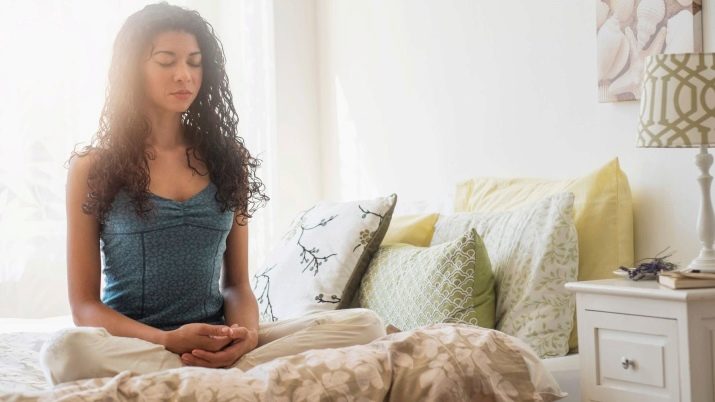
So know that in the world There are a large number of poses for practicing. Meditation can be practiced both in nature and in a sitting position at home, and even when you are walking along the street. However, you need to find exactly the position of the body that is suitable only for you. If you have insufficient stretching of the legs, then with the use of some postures it can become quite sufficient.
If you still can’t overpower your body, you can just sit on a soft sofa.
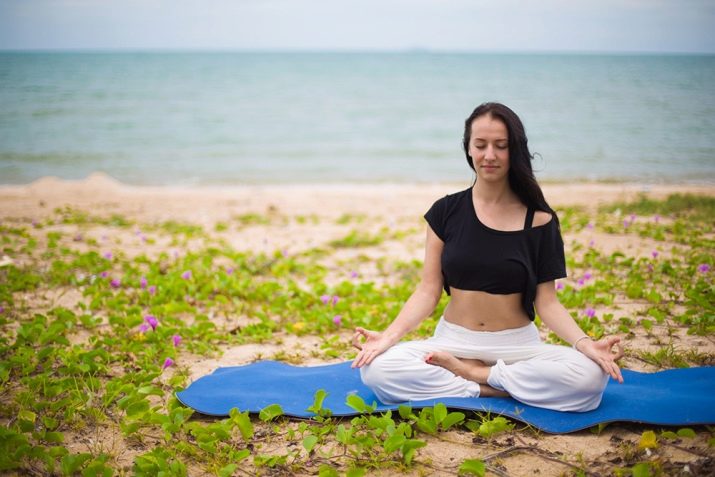
Now let's move on to the main issue, namely, the principles that must be observed when you take a certain position:
- the back should be as straight as possible and the neck too;
- the lower back should not bend much;
- the chest should be maximally open and the face relaxed;
- then take your shoulders as far as possible and lower your chin to your chest;
- your knees should be touching the floor.

Now let's move on to a direct examination of the postures for meditation, which are designed to create the relaxation of your body and keep your mind awake.
- One of the most important poses is Siddhasana.. It is usually used in yoga. In this case, the heel of the right leg is pressed against the buttocks, the heel of the left leg is located next to the pubic bone.
- Next is the lotus position, which everyone knows. It is important to have flexible joints and good stretching. When performing this pose, you will significantly support the spinal muscles and improve blood circulation. For its execution, place your feet on your hips and choose a comfortable position.
- The pose of the hero or virasana. This is a very difficult pose configuration. It somehow in a special way affects the joints. To do this, kneel and spread your feet. In this case, the buttocks are on the floor, and the calves touch the outside of the thighs.
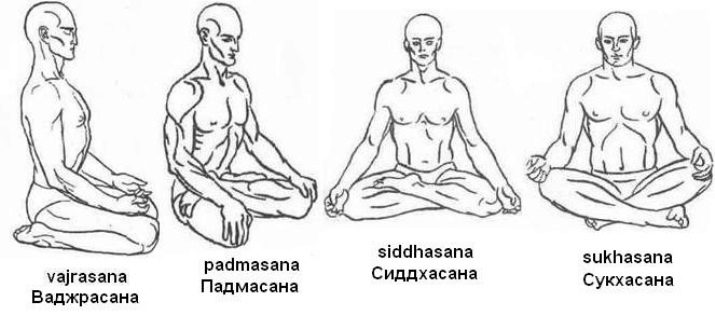
Do you think that these poses are impossible for you? Then try to start meditating with simpler postures.
First of all, you must learn to work with your subconscious, and the use of more complex poses will come a little later.
So, consider those body positions that are suitable for beginners.
- Half Pose Pose. In this case, one leg is located on the floor, and the foot of the other leg is located on the opposite thigh.
- Legs are crossed. This pose is also called sukhasana. This position of the body greatly strengthens the muscles.
- Vajrasana Pose (diamond pose) is the first step to completing more complex poses. With this position of the body, internal organs receive nutrition. Taking it, you should kneel and touch your heels with your buttocks.
- There are people who are not able to create complete comfort for their body. with the help of the above asanas for a number of physiological reasons. Such persons can be recommended sit in a chair while doing meditation. In this case, the back should be even.
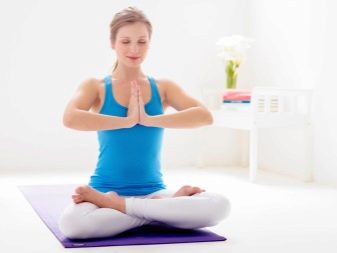
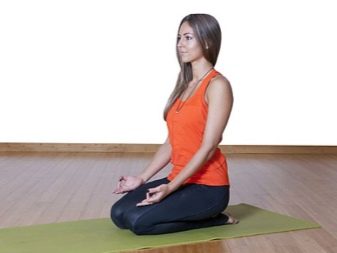
Please note: for long meditations, a special pillow is provided. It reduces pressure on the legs and helps focus.
Relaxation
This moment is very difficult to fulfill. During meditation, various thoughts climb into the head. So your consciousness is resisting. This process cannot be stopped and cannot be controlled. You can only move away from him.
As soon as you begin to immerse yourself in meditation, immediately try to take the side of the observer for your own thoughts. Let them float past you like clouds. You meet them and see them off. In the end, there will come a time when you stop noticing everything around and fall into a trance.
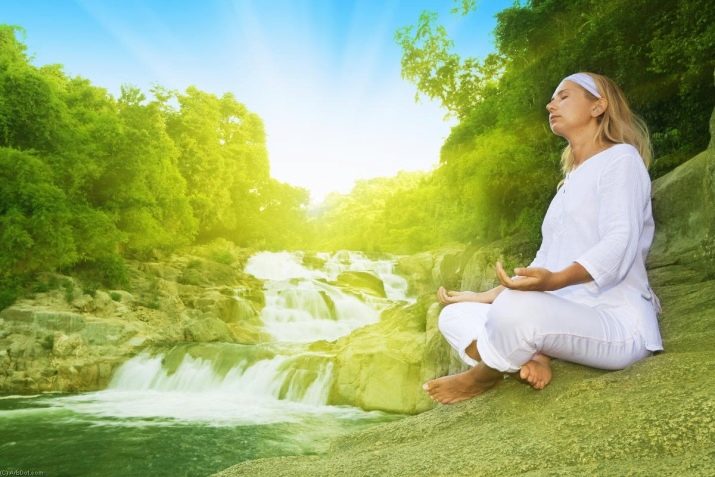
While relaxing you need breathe evenly. It is better to perform this exercise: we count 5 seconds when inhaling, then we hold our breath and again count 5 seconds, after which we exhale for 5 seconds. Repeat the exercise until complete immersion.
When your body is completely relaxed, find in it a space occupied by the energy of silence that lives in the human heart. One can feel it only with the help of one's awakened consciousness. It is then that you can fully connect with the universe. Then there will be a change in the quality of your consciousness. The material part will recede, and in return a spiritualized worldview will come. As a result, your previous experience will be forgotten, and new opportunities will open in return.

What to do after?
After meditation, most people feel a huge surge of strength. This means that the person using the technique has done everything properly, and the Universe has accepted his aspirations and requests.
Once you have finished meditating, you should sit still with your eyes closed. In this case, breathing should be even, and the pulse should be calm. Realize everything that happened to you. Remember all the moments and feel complete satisfaction.
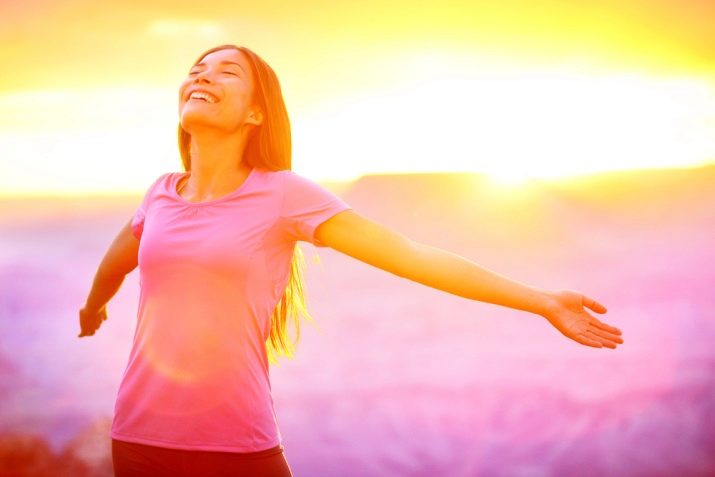
Many people advise sleeping a little after meditation. So your condition will return to normal, and all the processes launched during the practice will benefit.
However, if you spend morning meditation, then you are well tolerate this procedure, and it inspires you to accomplish new things. The universe gives a blessing and you need to use it. Therefore, be sure that your day will be wonderful.
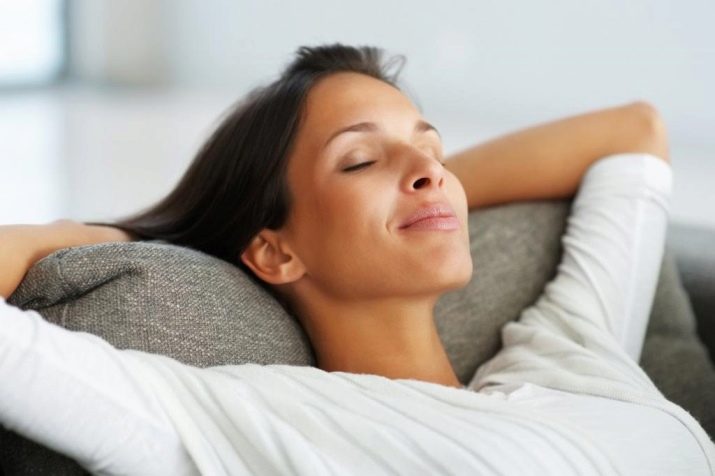
However, not all people after meditation can feel alert. No one disputes that meditation is a healing state. However, after it, a person must remember his body, too. Therefore, if you feel drowsy after meditation or your orientation is impaired, you need to learn how to exit the practice correctly.
Use some tricks for this.
- As soon as you begin to meditate, imagine that your spine goes deep into the ground. So after meditation you can quickly return to reality and take control of your body.
- After practice, do not get up immediately, but do the following: squeeze your palms into fists several times, inhale and exhale. Then again feel your body, as if scanning every part of it, and again squeeze your palms. Release this tension. Open your eyes.
- Sit on the floor and feel your spine as the healing power coming from the earth fills you.
- Get up and walk on the floor. It is advisable when walking strongly rest against the heels of the floor.
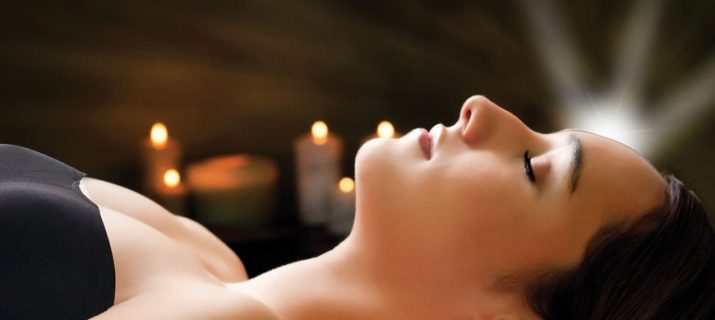
Professional Tips
No wonder modern people are fond of different courses of meditation. They give vitality and mental balance. If you have already started classes or are just going to do it, you need to familiarize yourself with useful information.
- Of course, you should choose the time for meditation yourself, but if you have a very eventful life, then it is better to meditate in the morning. Such a recommendation is especially important for those who are just involved in the practice. Know: evening meditations often cause insomnia, which almost always overcomes beginners.
- You need to develop self-discipline. Divide this step into three months. The first month, practice for 15-20 minutes. In the next month, time should be increased. In the third month, you will reach a new level and will be able to devote much more time to meditation than previously allocated. Practice at the same time. Therefore, go to bed on time and do not waste time on trifles.
- If you are limited in time or just want to control the time of the meditation, then set a timer.
- You can meditate everywhere and everywhere, even on the bus. However, it will be easy for you to succeed when you achieve perfection in the practice. Therefore, first meditate in a place designated for this purpose.
- If you are worried about a proper fit during meditation, then check yourself. To do this, sit in front of the mirror and look at your pose. It must be impeccable. If you notice errors, then correct them.
- Learn to relax your face. To do this, spread a feeling of complete relaxation from the top of the head to the very bottom of your body. Imagine that you are a statue of a meditating Buddha.
- If there is an immersion in sleep, open your eyes and blink, and then begin to meditate again.
- When the sound of the alarm clock, try not to jump off and do not make sudden movements. Sit and think about what happened to you. Then send thanks to the universe.

With the help of the following video you can visually familiarize yourself with the basics of meditation.











